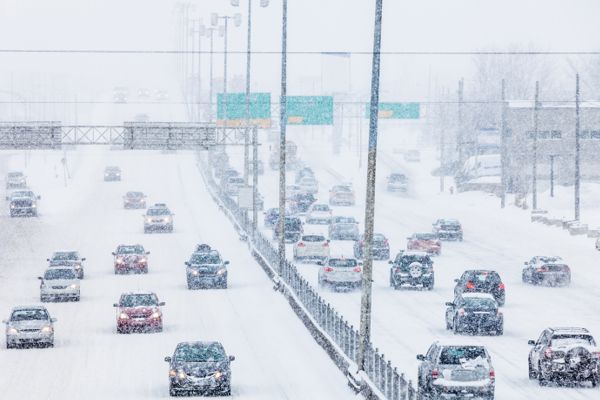Winter Driving

The leading cause of death during winter storms is transportation accidents. Many accidents could be avoided if drivers took time to learn and practice these tips for driving safely during snowy and icy conditions.
Perhaps the deadliest danger of all is "black ice." Black ice is ice which forms on a roadway, usually due to snow melting and re-freezing. Since it is almost invisible, drivers fail to recognize black ice conditions and may drive at normal speeds-often resulting in very serious accidents. Always be alert to the possibility of black ice when temperatures are near or below freezing. Pavement that looks dry but appears darker in color and dull-looking should alert you to the presence of black ice.
Failing to allow yourself enough time to stop is a major cause of winter driving accidents. During slippery conditions stopping distances can triple. Driving at a slower speed, anticipating stops at traffic lights and intersections, and applying brakes sooner than normal will help ensure accident-free stops. When braking, brake carefully with short, rapid application of the brakes. Always allow plenty of extra space between you and other vehicles to minimize the need for quick stops.
Acceleration, turning, and passing also present dangers during winter. Accelerate slowly to avoid loss of traction and subsequent loss of control. Turn slowly, with caution, to avoid sliding into a stationary object or the path of an oncoming vehicle. Avoid sudden movements. Pass with care because passing lanes are not maintained as well as driving lanes. Again, leave extra space between yourself and other vehicles so there's room to maneuver in case something goes wrong. During a skid, steer cautiously in the direction you want the car to go.
